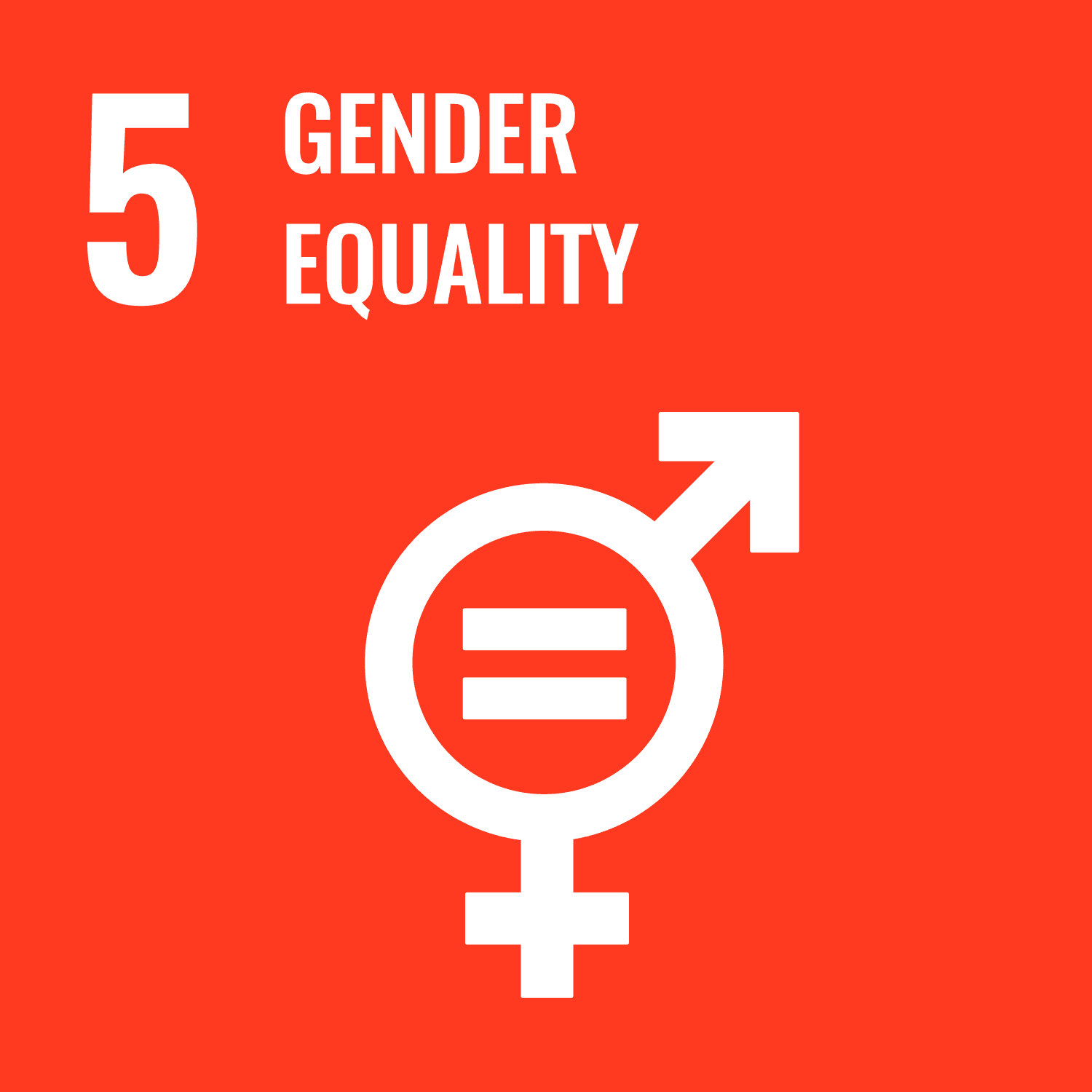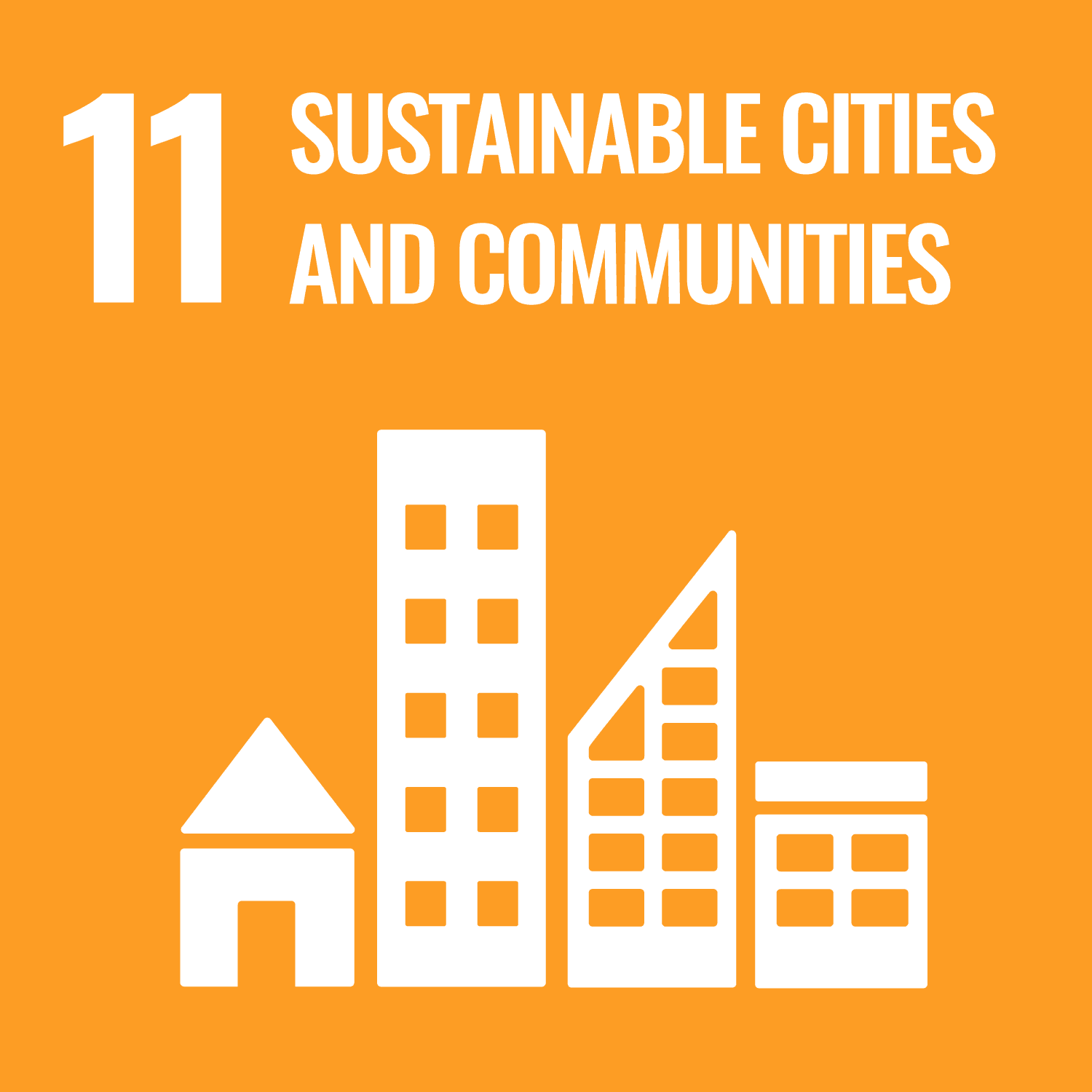Other
Other
Protecting the Amazon rainforest in Ecuador
Rio Napo, Ecuador
Rio Napo, Ecuador




149,500+
Acres rainforest protected


1,450
People supported


100
Indigenous women involved

270
Families involved

5
Community partners
Low
Low
Low
Moderate
Moderate
Moderate
High
High
High
Very High
Very High
Very High
Carbon Impact
Carbon Impact
Carbon Impact
Measures the project's effectiveness in removing or avoiding CO₂
Measures the project's effectiveness in removing or avoiding CO₂
Co-benefits
Co-benefits
Co-benefits
Assesses the positive impact on biodiversity, local communities, and ecosystem resilience.
Assesses the positive impact on biodiversity, local communities, and ecosystem resilience.
Data Transparency & Governance
Data Transparency & Governance
Data Transparency & Governance
Evaluates project accountability, monitoring accuracy, and the reliability of reported outcomes.
Evaluates project accountability, monitoring accuracy, and the reliability of reported outcomes.


Boris Bekkering
Commercial Director
Let's schedule a short chat to see how we can help you.
Overview
Update 2023
Why this project?
Together with our partner Rainforest Partnership, we protect and restore tropical forests through the social project ‘Woman of the Rio Napo’ in Ecuador. Local women protect 60,000 ha in one of the most biodiverse places in the world. The hectares we protect are not bought by our partner but owned by locals or the government. Project funds are used to work together with local authorities and to coordinate trainings for the 5 indigenous Kichwa communities on topics including sustainable cultivation and agroforestry, accessing markets, and supporting the women as they create sustainable enterprises that help themselves and the forest at the same time.
Safeguarding the ‘Lungs of the Earth’
We do not account for the CO2 absorbed by the large hectares of old-growth forest that are being protected, as these trees have been in place long before we existed, and the calculation of the CO2 impact can be difficult. Nonetheless, protecting rainforests is a vital aspect of climate action. Rainforests are often called ‘the lungs of the earth’, and rightly so. In principle, they have enormous climate benefits, even beyond carbon storage. Lately, however, research has indicated that Amazon is emitting more CO₂ than it absorbs. This is very concerning and highlights the importance of protecting long-standing forests.
Protecting Biodiversity & Strengthening Communities
This area of the Amazon Rainforest is one of the most biodiverse places on Earth. The region is home to incredible wildlife, from jaguars to pumas, giant otters, and squirrel monkeys. It is estimated that the Amazon is home to 10% of all known terrestrial species. Through empowerment, education, sustainable livelihoods, economic resilience, and increased community capacity to implement conservation and management programs and to protect lands from extractive industries, this project will protect, restore, and conserve over 60,000 hectares of rainforest and the wildlife that inhabits it.
This project is being led by 104 indigenous women, thereby generating income for 5 indigenous communities and over 270 families. In total, 1 million indigenous people live in the Amazon. Preserving it is crucial to keeping their communities intact. Through the income generated, the women leading this project will be better able to support themselves and their families economically, promote education, pass down traditional practices, and equip the next generation of forest stewards with the tools and resources they need as long-term protectors of the Amazon Rainforest.
Project Gallery























Location
Project Partner

This project is run by Rainforest Partnership, a 501 (c)(3) public charity that was established in 2007. Rainforest Partnership’s mission it is to conserve and protect tropical rainforest by actively engaging with local communities, building partnerships with a range of stakeholders, and targeting the root causes of deforestation and forest degradation from all angles – both on the supply and demand side.
United Nations' Sustainable Development Goals

Directly contribute to income generating activities for local communities.

Economic independence for women.

Economic security and stability for local and indigenous communities.

Strengthened community capacities to protect and manage their lands and rights.

Education on sustainable harvesting, e.g. Cachama fish.

Ensures protection of the largest carbon sink in the world.

Project area hosts numerous indigenous species and promotes preservation.
TABLE OF CONTENTS
Project Highlights
Project Gallery
Location
Project Partner
UN Goals
Overview
Update 2023
Why this project?
Together with our partner Rainforest Partnership, we protect and restore tropical forests through the social project ‘Woman of the Rio Napo’ in Ecuador. Local women protect 60,000 ha in one of the most biodiverse places in the world. The hectares we protect are not bought by our partner but owned by locals or the government. Project funds are used to work together with local authorities and to coordinate trainings for the 5 indigenous Kichwa communities on topics including sustainable cultivation and agroforestry, accessing markets, and supporting the women as they create sustainable enterprises that help themselves and the forest at the same time.
Safeguarding the ‘Lungs of the Earth’
We do not account for the CO2 absorbed by the large hectares of old-growth forest that are being protected, as these trees have been in place long before we existed, and the calculation of the CO2 impact can be difficult. Nonetheless, protecting rainforests is a vital aspect of climate action. Rainforests are often called ‘the lungs of the earth’, and rightly so. In principle, they have enormous climate benefits, even beyond carbon storage. Lately, however, research has indicated that Amazon is emitting more CO₂ than it absorbs. This is very concerning and highlights the importance of protecting long-standing forests.
Protecting Biodiversity & Strengthening Communities
This area of the Amazon Rainforest is one of the most biodiverse places on Earth. The region is home to incredible wildlife, from jaguars to pumas, giant otters, and squirrel monkeys. It is estimated that the Amazon is home to 10% of all known terrestrial species. Through empowerment, education, sustainable livelihoods, economic resilience, and increased community capacity to implement conservation and management programs and to protect lands from extractive industries, this project will protect, restore, and conserve over 60,000 hectares of rainforest and the wildlife that inhabits it.
This project is being led by 104 indigenous women, thereby generating income for 5 indigenous communities and over 270 families. In total, 1 million indigenous people live in the Amazon. Preserving it is crucial to keeping their communities intact. Through the income generated, the women leading this project will be better able to support themselves and their families economically, promote education, pass down traditional practices, and equip the next generation of forest stewards with the tools and resources they need as long-term protectors of the Amazon Rainforest.
Project Gallery























Location
Project Partner

This project is run by Rainforest Partnership, a 501 (c)(3) public charity that was established in 2007. Rainforest Partnership’s mission it is to conserve and protect tropical rainforest by actively engaging with local communities, building partnerships with a range of stakeholders, and targeting the root causes of deforestation and forest degradation from all angles – both on the supply and demand side.
United Nations' Sustainable Development Goals

Directly contribute to income generating activities for local communities.

Economic independence for women.

Economic security and stability for local and indigenous communities.

Strengthened community capacities to protect and manage their lands and rights.

Education on sustainable harvesting, e.g. Cachama fish.

Ensures protection of the largest carbon sink in the world.

Project area hosts numerous indigenous species and promotes preservation.
TABLE OF CONTENTS
Project Highlights
Project Gallery
Location
Project Partner
UN Goals
Other projects
Are you ready to support Climate Projects?
Join 200+ companies making impact with Regreener
Are you ready to support Climate Projects?
Join 200+ companies making impact with Regreener



